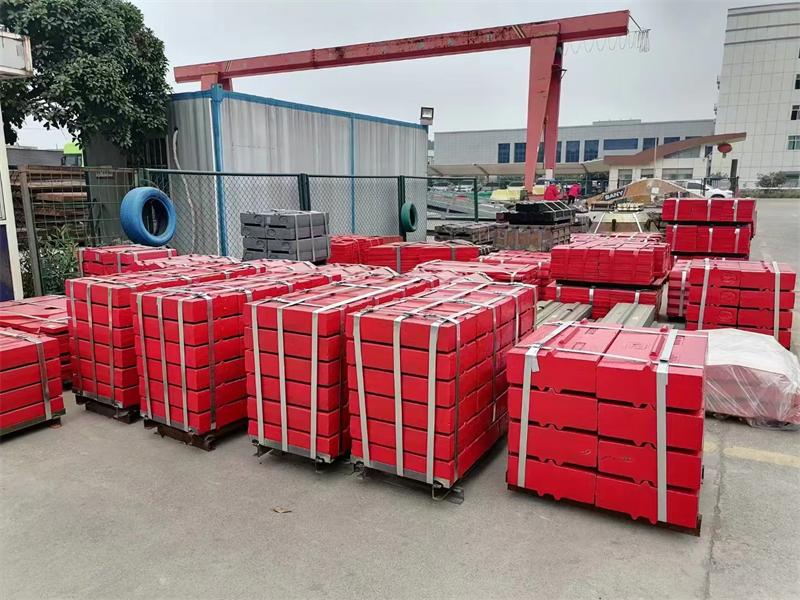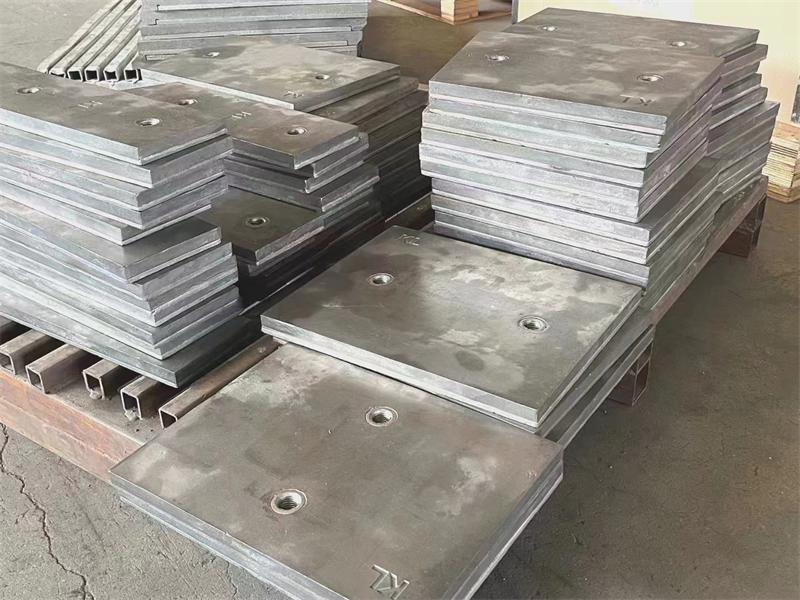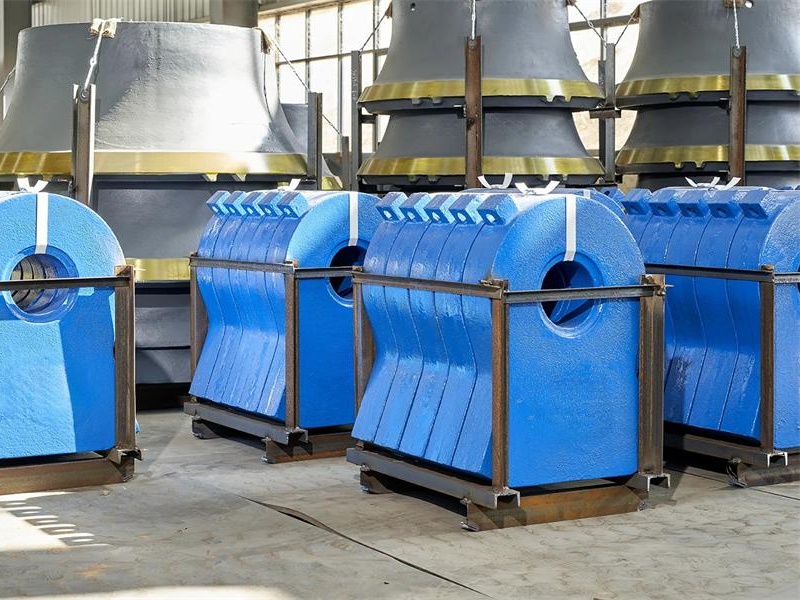Impact crushers rely on several critical components to deliver efficient crushing and shaping performance. Among these, blow bars, impact plates, and rotors are the most vital. Each of these parts experiences intense wear during operation and must be carefully selected and maintained.
Blow bars, often made of high-chromium alloy or martensitic steel, are responsible for delivering high-impact energy to the material. The choice of blow bar material depends on the hardness of the stone and the required product size. Advanced blow bars are designed with wear indicators and reversible sides, maximizing service life.
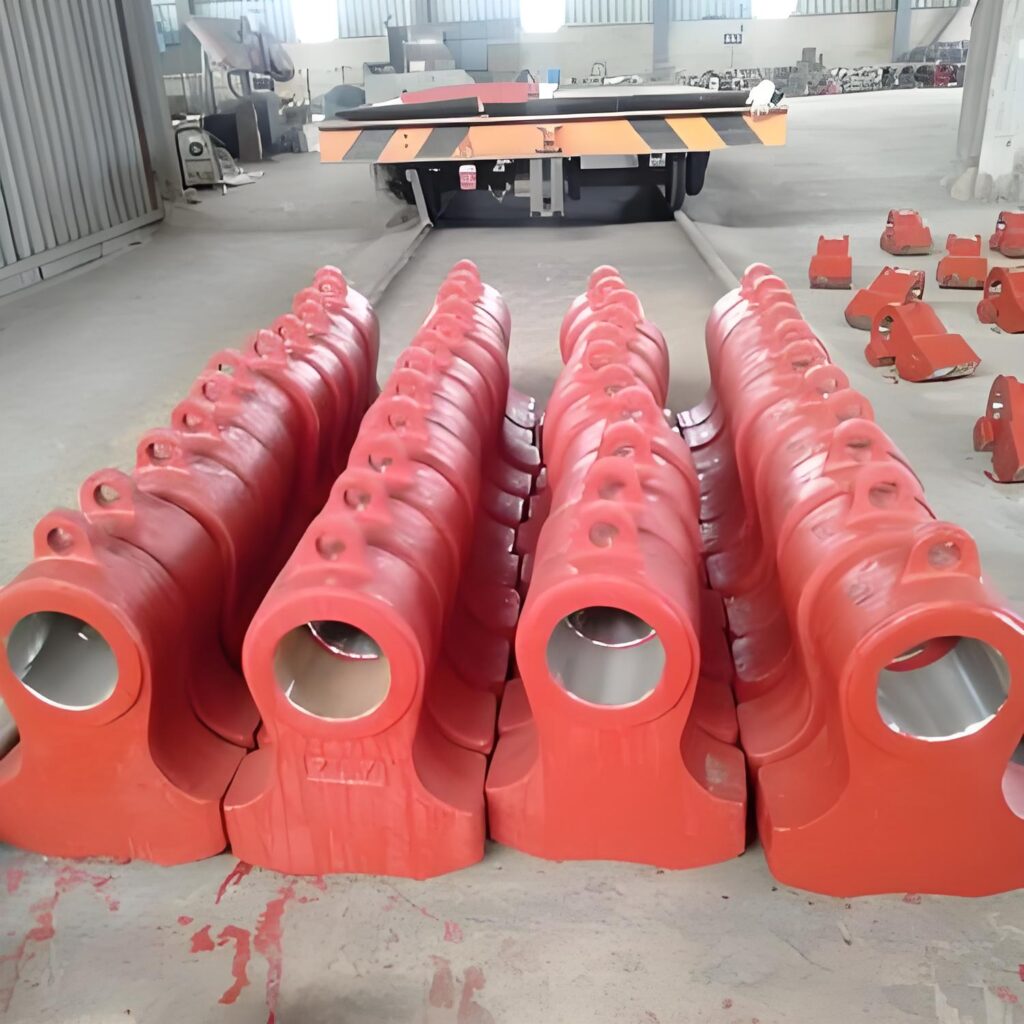
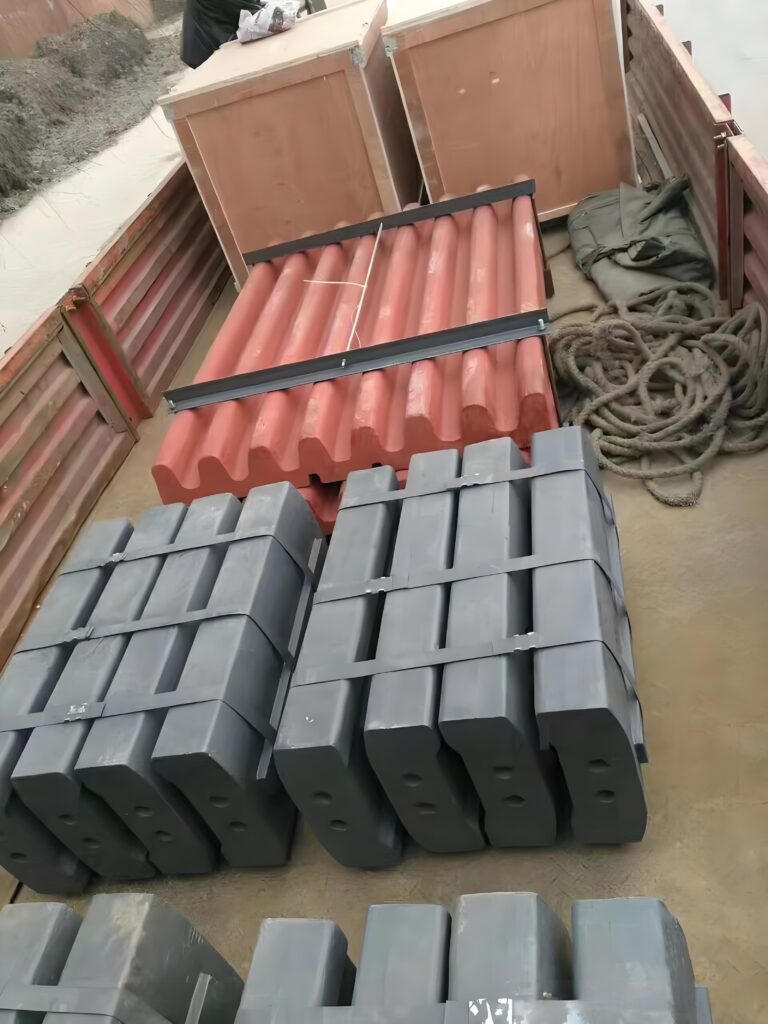
The impact plate, or breaker plate, is positioned to receive crushed material and redirect it back into the rotor's path for additional crushing. These plates are typically made from manganese or other high-wear-resistant alloys and are engineered with serrated or ribbed surfaces to optimize fragmentation and energy absorption.
The rotor is the heart of the impact crusher, spinning at high speeds to propel materials toward the plates. Precision balancing and robust bearings ensure stability during operation. Newer rotors may be modular and easy to disassemble, reducing maintenance time and improving safety.
Understanding the interaction between these parts helps operators manage wear, plan replacements proactively, and maintain consistent crusher performance across production cycles.

